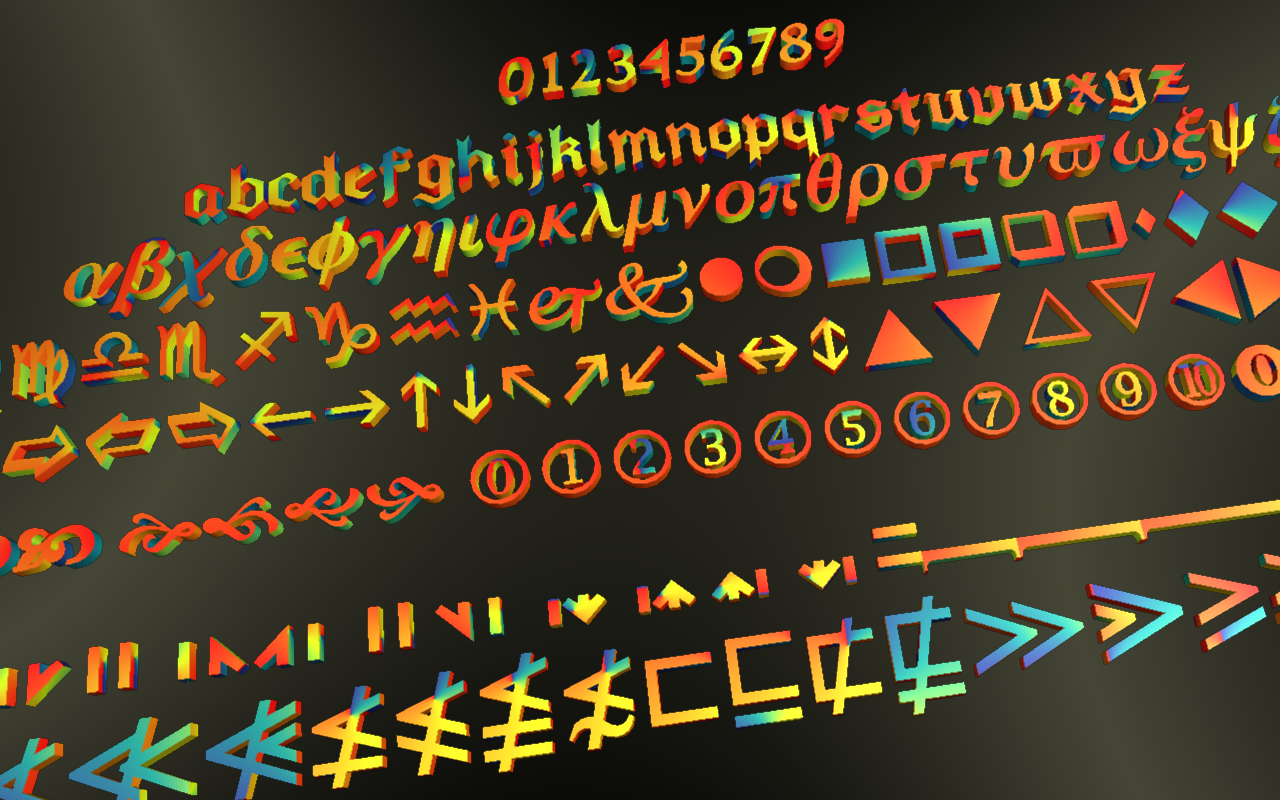I audit three classes with heavy maths this year: one is L. Mahadevan’s ES220 Fluid Mechanics; another is Jocob Barandes’s PHY232 Advanced Classical Electromagnetism; the last one is Steven Gortler’s CS277 Geometric Modelling in Computer Graphics. I found myself cramming for necessary maths all the time. It was an interesting experience, but not the most effective one in terms of learning.
The questions I ask myself are what to learn and how to learn. The first deals with the direction, while the second deals with the speed. The post deals with direction. The next one deals with speed.
While searching for answers, I came across a few very illuminating essays by James Clerk Maxwell. The first one is an Address to the Mathematical and Physical Sections of the British Association, delivered in Liverpool, September 15, 1870. In this address, he listed three types of minds in terms of the ways they deal with maths: one symbolic, one geometric, and one vividly illustrative.
“There are, as I have said, some minds which can go on contemplating with satisfaction pure quantities presented to the eye by symbols, and to the mind in a form which none but mathematicians can conceive.
There are others who feel more enjoyment in following geometrical forms, which they draw on paper, or build up in the empty space before them.
Others, again, are not content unless they can project their whole physical energies into the scene which they conjure up. They learn at what a rate the planets rush through space, and they experience a delightful feeling of exhilaration. They calculate the forces with which the heavenly bodies pull at one another, and they feel their own muscles straining with the effort.
To such men momentum, energy, mass are not mere abstract expressions of the results of scientific inquiry. They are words of power, which stir their souls like the memories of childhood.
For the sake of persons of these different types, scientific truth should be presented in different forms, and should be regarded as equally scientific whether it appears in the robust form and the vivid colouring of a physical illustration, or in the tenuity and paleness of a symbolical expression.”
The division between the first two types and the third is not something unheard of. But what’s most illuminating to me is to divide the symbolic type and geometric type. While I can do a lot of symbolic maths, I certainly do not like to stare at any equation for any long period of time, which I believe a lot of mathematician and theoretical physicists do. My most gratifying experience is visualization in 3D. However, I do seem to share some of the prejudices with the symbolic types, such as regarding multiple examples in textbooks/lectures unnecessary, or as Maxwell put it, “The mental image of the concrete reality seems rather to disturb than to assist their contemplations“.
My need for 3D visualization and modelling put me firmly in the camp of the geometric types. Answering the question of what to learn becomes clear. The focus is geometry, from platonic solids to differential geometry. Where I would most likely to spend a lot of energy is differential geometry, not only because it underlies much of the computer modelling, but also because it provides good motivation to revisit topics such as calculus and linear algebra.
PS. Efforts to put three different types into categories of scientists and non-scientists seem troublesome. Maxwell did not have any prejudice against the third type, (which I might have made you into believing so), “For the sake of persons of these different types, scientific truth should be presented in different forms, and should be regarded as equally scientific whether it appears in the robust form and the vivid colouring of a physical illustration, or in the tenuity and paleness of a symbolical expression.“

